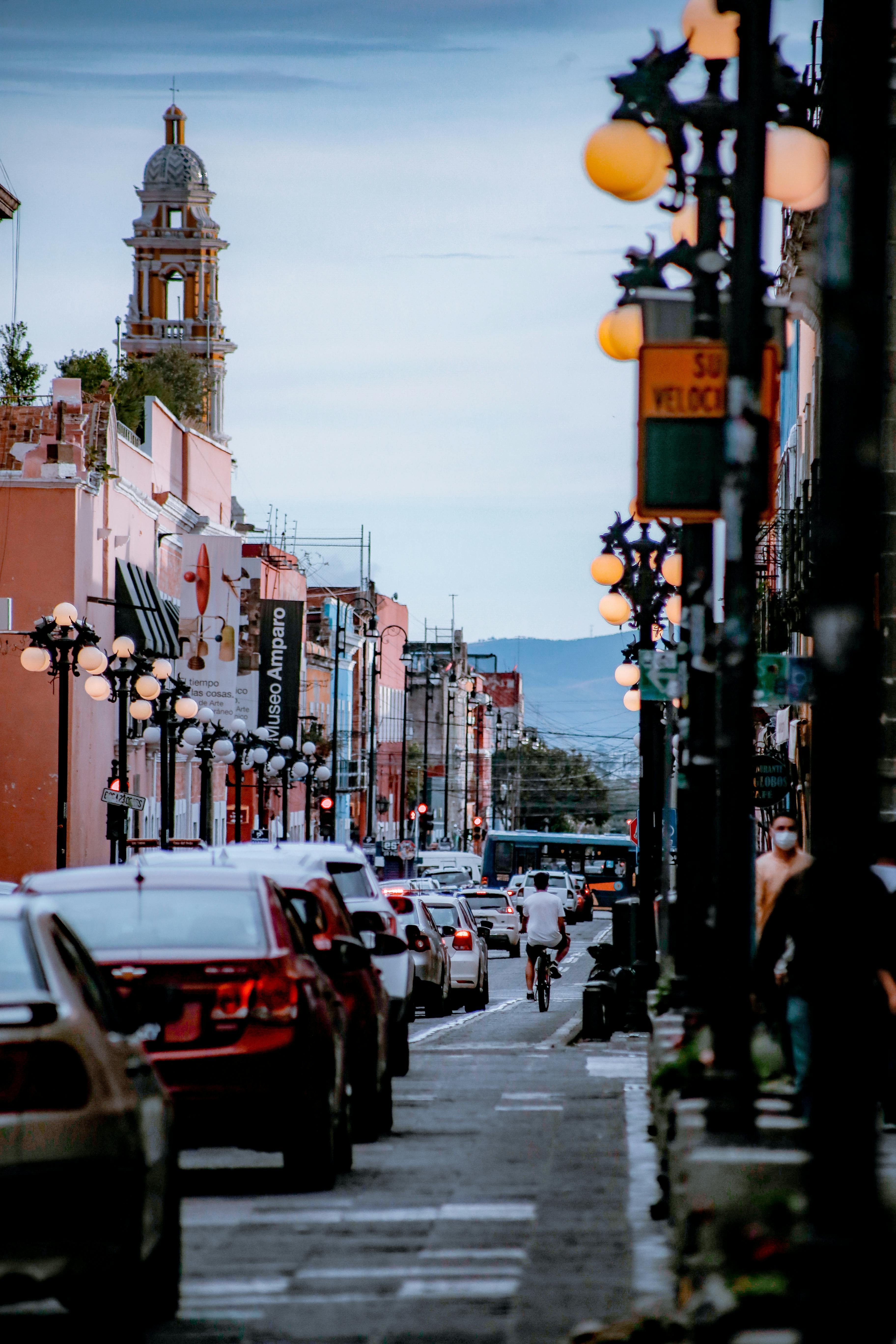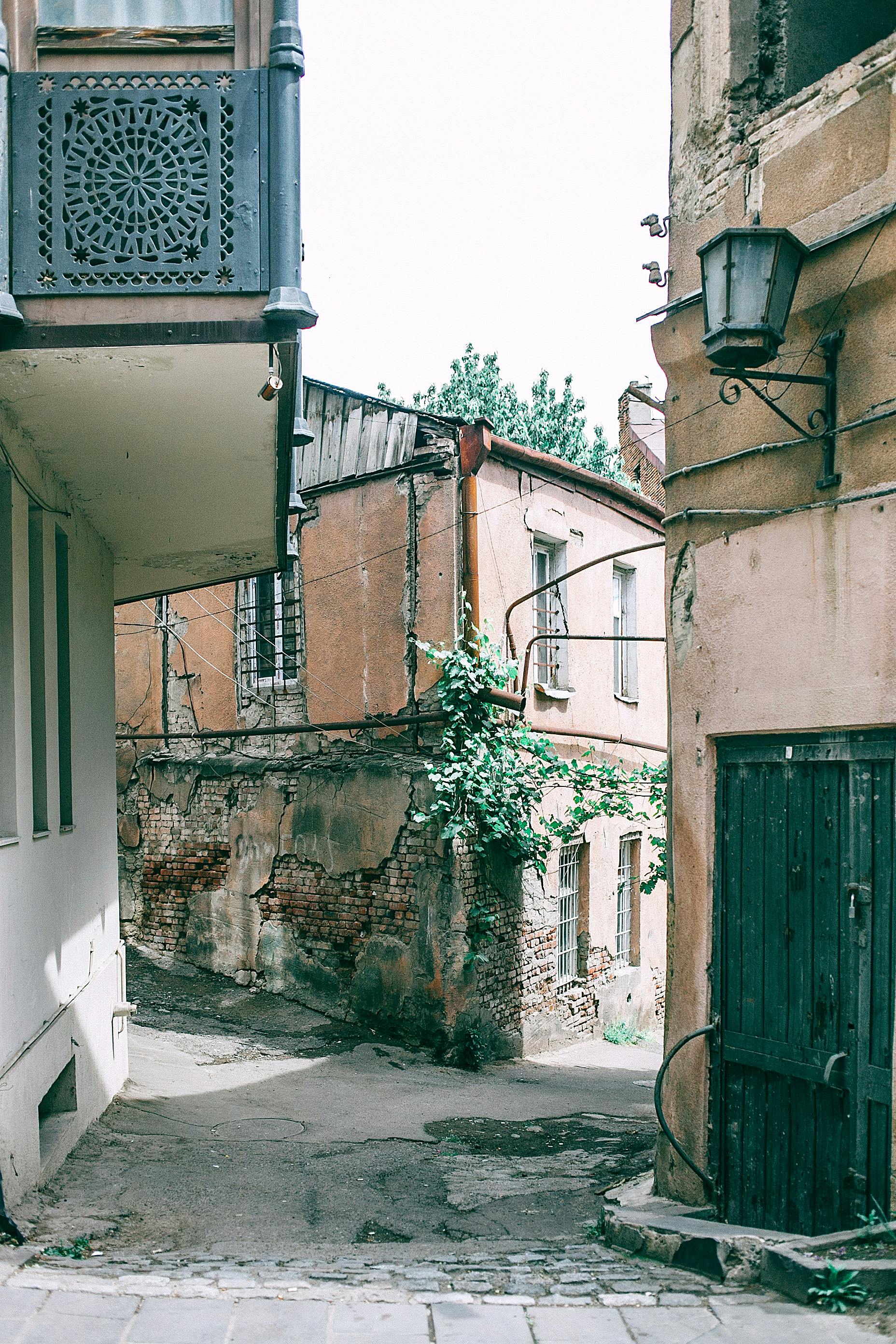My name is Lily, and I am 41 years old. Recently, my husband left me after 20 years of marriage, and I had no idea how to proceed. I married early in my life, so I didn’t have much experience meeting new people.
I couldn’t make new friends, and finding love in your forties is hard. So, I shut myself off and rarely left the house.

For illustration purposes only. | Source: Pexels
In desperation, I registered on a dating site and started chatting with a handsome man from Mexico named Juan. He was so confident and gallant I couldn’t believe it was real. Very soon, our online flirtation was turning into something more.
Things developed quickly, and he began inviting me to visit him in Mexico. At first, I hesitated. What if he wasn’t who he seemed to be? What if I was just setting myself up for more heartbreak?

For illustration purposes only. | Source: fakedetail.com
But the thought of spending my days in the lonely routine I had fallen into pushed me to take a chance. I finally decided to surprise him by arriving unannounced.
I gathered my things for a few weeks’ trip, bought plane tickets, and was ready to go. I was really nervous. I wasn’t sure he would be the same as he was online, but I needed this. It felt like my last chance to be happy.
As I boarded the plane, my heart raced with a mixture of excitement and anxiety. The flight seemed to take forever, and I could only think about Juan.
Would he be as charming in person? Would he be happy to see me? I tried to calm my racing thoughts, reminding myself that this was a step toward a new beginning.

For illustration purposes only. | Source: Pexels
It was difficult for me to reach Juan because it turned out he lived in a small town far from the airport. The journey was long and tiring. After landing, I had to find a taxi to take me to his town.
“Where!? Where!?” The taxi driver kept screaming at me because he couldn’t understand what I was saying. I could feel my frustration rising, so I quickly pulled out my phone and showed him the address.

For illustration purposes only. | Source: Pexels
“See? Right here, I need you to take me to this town. How much?”
“Good, good, let’s go!” he answered, finally understanding.
Traveling had always been a challenge for me. I always seemed to find the worst ways to communicate with people, and my luck was notoriously bad. But this time, I felt like everything was going to turn out well, which gave me the courage to keep going.
The drive felt endless, winding through narrow, unfamiliar roads. I watched the scenery change from the bustling city to quieter, rural landscapes.

For illustration purposes only. | Source: Pexels
The further we drove, the more anxious I became. I couldn’t help but wonder if I was making a huge mistake. But I pushed those thoughts aside, reminding myself that I was here to take a chance on happiness.
Finally, the taxi pulled up to a small apartment building. I paid the driver and stepped out, feeling a mixture of excitement and nerves. As I approached the building, I saw Juan just entering his apartment.

For illustration purposes only. | Source: Pexels
“Juan! Surprise!” I called out, running towards him. I couldn’t wait to see his reaction.
He looked very surprised, and for a moment, I thought he was upset to see me. But then he suddenly smiled, and my heart calmed down.

For illustration purposes only. | Source: Pexels
“Oh, it’s you! I wasn’t expecting you! Why didn’t you text me about your visit?”
“I’m sorry, I thought you would be happy to see me, Juan. You look so much better in person!” I said, trying to keep the mood light.
“Yeah! You too… Lucy…” he said, hesitating slightly.
“Lily…” I corrected him, feeling a pang of disappointment. He didn’t even remember my name. Maybe that was the first red flag I should have noticed.

For illustration purposes only. | Source: Pexels
“Lily! Yeah, that’s what I meant. I’m sorry, sometimes American names are a bit confusing to me.”
Maybe he was right, I thought. I shouldn’t be so negative. He was so handsome, and his accent made me want to listen to him more and more.
He invited me into his apartment, and we sat down to talk. The conversation flowed easily; before I knew it, we laughed and shared stories as if we had known each other for years.
As the evening went on, we opened a bottle of wine. I felt my nerves melting away with each sip. Juan was charming and attentive, and I enjoyed his company more than I had expected.

For illustration purposes only. | Source: Pexels
“So, what made you decide to come all the way here?” Juan asked, his eyes twinkling with curiosity.
“I just needed a change,” I admitted. “After my husband left, I felt so lost. Talking to you made me feel hopeful again.”
“I’m glad you came,” he said, his smile warm and reassuring. “It’s nice to meet you in person finally.”
We continued talking late into the night, the wine loosening our tongues and deepening our connection. Eventually, exhaustion caught up with me, and I could barely keep my eyes open.
“I think I need to get some sleep,” I said, stifling a yawn.

For illustration purposes only. | Source: Pexels
“Of course, you must be tired from your trip,” Juan said, guiding me to a spare room. “Sleep well, Lily.”
“Goodnight, Juan,” I said, smiling as I drifted off, feeling content and hopeful for the first time in a long while.
But the next morning would bring a harsh reality I wasn’t prepared for. I woke up on the street, disoriented and confused. The sun was just beginning to rise, casting a soft light over the unfamiliar surroundings.
My head throbbed, and I quickly realized that my phone and money were gone. I was left in my dirty clothes, feeling completely helpless.

For illustration purposes only. | Source: Pexels
Panic set in as I looked around. People were starting their day, but no one seemed to notice me. I tried to speak to passersby, but my voice came out shaky and desperate.
“Please help! Anybody!? Call the police!” I shouted, hoping someone would understand.
But nobody did. They all glanced at me briefly before hurrying on their way, looking at me like I was homeless or worse.
The language barrier was like a wall between me and any potential help. I felt a wave of hopelessness wash over me, and tears began to well up in my eyes.

For illustration purposes only. | Source: Pexels
Just when I thought things couldn’t get any worse, a tall man approached me. He had a kind face and wore an apron, suggesting he worked at a nearby restaurant. He spoke to me in Spanish, and his words were rapid and hard to follow. I shook my head, trying to convey that I didn’t understand.
He seemed to realize the problem and switched to broken English. “You… need help?” he asked, his voice gentle.
“Yes, please,” I replied, my voice trembling. “I don’t have my phone or money. I don’t know what to do.”
He nodded, his expression sympathetic. “Come… with me,” he said, gesturing for me to follow him. “I… Miguel.”

For illustration purposes only. | Source: Pexels
“Lily,” I said, trying to manage a weak smile. I followed Miguel to a small, cozy restaurant just down the street. The aroma of freshly baked bread and coffee filled the air, momentarily distracting me from my fear.
Miguel led me to a back room, where he handed me some clothes – a simple dress and a pair of shoes. “You… change,” he said, pointing to a small restroom.
I nodded gratefully. “Thank you, Miguel.”
I changed into clean clothes inside the restroom, feeling a little more human. I splashed some water on my face and looked at my reflection in the mirror. Despite the situation, I felt a flicker of hope. Miguel’s kindness was like a lifeline.

For illustration purposes only. | Source: Pexels
When I came out, Miguel had prepared a plate of food for me. Eggs, toast, and a cup of hot coffee. He pointed to the chair, indicating I should sit and eat. “Eat… you need strength,” he said.
I sat down and started to eat, the food filling the emptiness in my stomach. “Thank you,” I said again, my eyes welling up with gratitude.
Miguel smiled and nodded. “You… use phone after.”

For illustration purposes only. | Source: Pexels
As I finished eating, I couldn’t help but reflect on the events that had brought me here. Juan had seemed so perfect, but now it was clear he wasn’t who he pretended to be.
The realization was painful, but Miguel’s unexpected kindness reminded me that there were still good people in the world.

For illustration purposes only. | Source: Pexels
When I looked out into the hall to see how Miguel worked, I was stunned to see Juan in the distance. He was with a new woman, laughing and chatting as if nothing had happened.
My heart pounded in my chest, and anger surged through me. How could he just move on so easily after what he had done to me?

For illustration purposes only. | Source: Pexels
I rushed back to Miguel, trying to explain what had happened. “Miguel, that man, Juan! He’s the one who robbed me! We need to call the police!” I said, my words tumbling out in a frantic rush.
Miguel looked confused, not fully understanding my English. I took a deep breath and tried again, speaking slowly and gesturing towards Juan.
“He stole my money and phone.”
Miguel’s face showed he still didn’t quite understand, but he nodded and looked concerned. I realized I needed to be clearer.
I grabbed a napkin and quickly drew a crude picture of a phone and a dollar sign, then crossed them out. “Juan took these from me,” I said, pointing to the drawing, then to Juan.

For illustration purposes only. | Source: Pexels
Miguel’s face showed he still didn’t quite understand, but he nodded and looked concerned. I realized I needed to be clearer.
I grabbed a napkin and quickly drew a crude picture of a phone and a dollar sign, then crossed them out. “Juan took these from me,” I said, pointing to the drawing, then to Juan.
Miguel’s eyes widened in realization. He looked at Juan, then back at me. “Police?” he asked, mimicking holding a phone.
“Yes, but wait,” I said, an idea forming in my mind. “Can I borrow a waitress’s uniform?”
Miguel looked puzzled but nodded. He quickly fetched a uniform and handed it to me. I rushed to the restroom to change, my heart racing with both fear and determination.
Once I was dressed, I took a deep breath and adjusted the uniform. I needed to get that phone back.